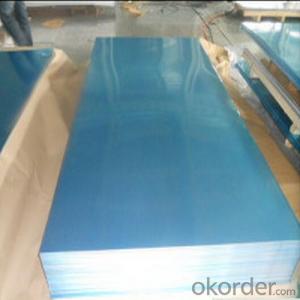Aluminum foil, a common household item, has found its way into the hearts of DIY electronics enthusiasts. Its versatility and conductivity make it an ideal material for various electronic projects. In this article, we’ll explore the many ways you can incorporate aluminum foil into your DIY electronics projects, making them not only functional but also creative and personalized.
The Multifaceted Role of Aluminum Foil
Aluminum foil is more than just a kitchen essential; it’s a multifaceted material that can serve various purposes in your DIY electronics projects. From creating custom heat sinks to acting as a makeshift wire, the possibilities are endless. Let’s dive into some of the roles aluminum foil can play in your projects.
1. Heat Sinks for Small Components
One of the most common uses of aluminum foil in electronics is as a heat sink. Small components, such as transistors and diodes, can generate a significant amount of heat during operation. By wrapping them with aluminum foil, you can help dissipate this heat and prevent potential damage to your components. The foil’s high thermal conductivity aids in spreading the heat over a larger surface area, thus cooling the component more effectively.
2. Temporary Wires or Jumper Cables
Have you ever found yourself in a pinch, needing a wire, but none are available? Aluminum foil can come to the rescue as a temporary solution. Its conductivity, while not as high as copper, is sufficient for low-power applications. You can use it to create jumper cables or even as a makeshift wire to complete a circuit. Just be cautious with the connections, as the foil can tear or short out if not handled properly.
3. Electromagnetic Interference (EMI) Shielding
Electronic devices are susceptible to electromagnetic interference, which can cause disruptions in their operation. Aluminum foil, being a good conductor of electricity, can be used to create a shield around sensitive components or entire circuits. By wrapping your device in foil, you can reduce the impact of external electromagnetic fields and improve the performance of your project.
4. Customizable Ground Planes
In some projects, you might need a ground plane to provide a common reference point for your circuit. Aluminum foil can be easily cut and shaped to fit your specific needs. It can be used to create a ground plane on a breadboard or even as part of a printed circuit board (PCB) design. The flexibility of the foil allows for easy adjustments and modifications.
5. Antenna Enhancements
For projects involving radio frequency (RF) communication, aluminum foil can be used to enhance the performance of antennas. By adding foil to the design of your antenna, you can improve its range and reception quality. This is particularly useful for amateur radio enthusiasts or those working on remote sensing projects.
The Art of Using Aluminum Foil in Electronics
Using aluminum foil in your electronics projects is not just about functionality; it’s also an art form. Here are some tips to help you get the most out of this versatile material.
Be Creative
Don’t be afraid to think outside the box when using aluminum foil. Experiment with different shapes, sizes, and configurations to see what works best for your project. The more creative you are, the more unique and personalized your project will be.
Safety First
While aluminum foil is a great material for DIY electronics, it’s important to remember that safety should always come first. Be cautious when working with electricity and heat, and ensure that your foil applications are secure and won’t lead to short circuits or other hazards.
Patience is Key
Working with aluminum foil can be a delicate process. It requires patience and a steady hand, especially when creating intricate designs or precise cuts. Take your time and don’t rush the process.
Reusability and Sustainability
One of the benefits of using aluminum foil is its reusability. If a project doesn’t turn out as expected, you can easily reshape or repurpose the foil for another project. This not only saves you time and money but also contributes to a more sustainable approach to electronics.
Conclusion
Aluminum foil is a fantastic component for DIY electronics projects. Its versatility, conductivity, and ease of use make it an invaluable resource for hobbyists and professionals alike. By incorporating aluminum foil into your projects, you can create custom solutions, enhance performance, and express your creativity. So, the next time you’re at the grocery store, pick up a few extra rolls of foil—you never know when inspiration will strike!

